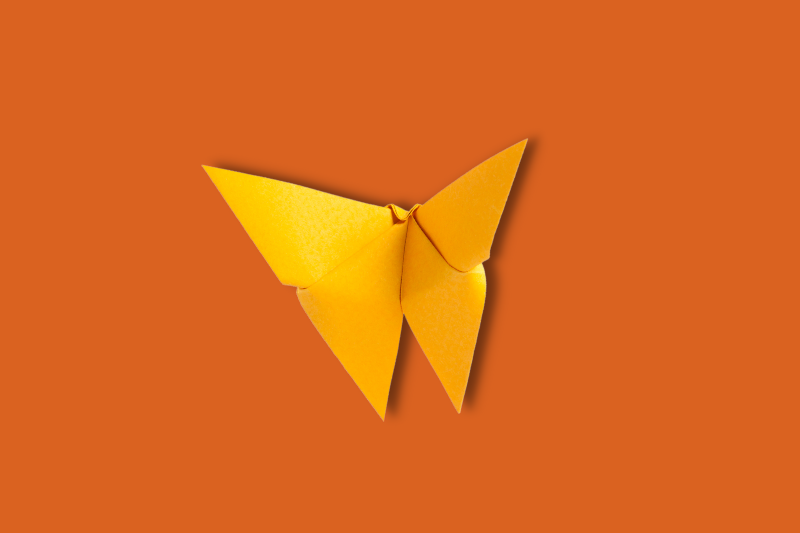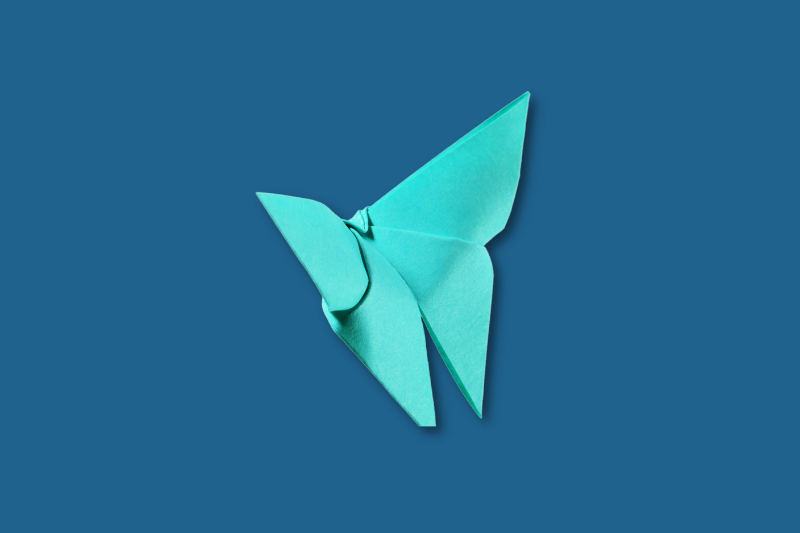When brands focus on range planning for the season, the planning of SKUs or merchandise under each category is a key question.
How deep should be the assortment?
What makes it too much or too little?

Idea is to find the bottom of the U curve, the plateau, where you have hit the right amount of variety (indicated by red in the adjacent picture).
The best way to start is by analyzing how your assortment has fared earlier. Plot an HBT graph: Head – body – tail analysis on the products in each category you offer. ‘Head’ signifies biggest contributing products to sales or gross profit, ‘Body’ indicates average contributors, and ‘Tail’ is comprised of poor contributors, in other words, slow movers.
Head could be top 10% to 20% contributors and Tail would have the bottom 10% to 20%, the definitions can vary specific to the business and the organization.

Then one can determine across categories what is an acceptable % of the tail. For example, in the table for category 1 below, up to 35% of the range is set as an acceptable limit as Tail contributors.

Then in category 2, it would appear that it has more tail contributors than within acceptable limits. In such a case, it stands to reason that the assortment depth could be brought down if the category is found to be consistently breaching the acceptable limit on Tail contributors.

In categories where Tail % exceeds the acceptable norm, it is an indicator that you are carrying more assortment depth than you should.
Conversely, if the Tail % SKU number is shorter than the acceptable norm, it is safe to add more variants under this category.
Write to us if you’d like to learn more.

 October 5, 2021
October 5, 2021

